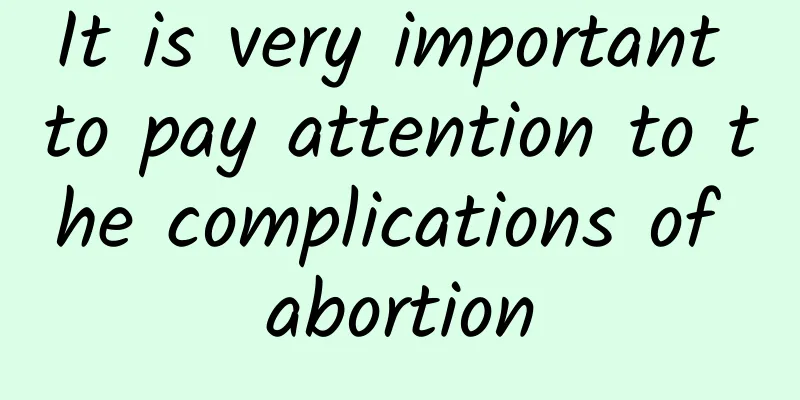Can someone with an ovarian cyst get pregnant?

|
It is possible for people with ovarian cysts to become pregnant, but the condition needs to be evaluated based on the type and size of the cyst and whether it affects ovarian function. If the cyst is small and has no special symptoms, it usually does not affect pregnancy; but if the cyst is large, causes complications or is a pathological cyst, it may increase the risk of difficulty in becoming pregnant and needs to be treated promptly. 1 Common types and effects of ovarian cysts Ovarian cysts are divided into physiological cysts and pathological cysts. Physiological cysts such as corpus luteum cysts and follicular cysts are often caused by normal ovarian cycle activities in women, usually disappear on their own, and have little effect on pregnancy. Pathological cysts, such as chocolate cysts caused by endometriosis, dermoid cysts and cancerous cysts, may interfere with ovulation or cause damage to ovarian tissue, resulting in decreased fertility or even infertility. 2 suggestions for women who are planning to have a baby 1. Regular check-ups: If you suspect you have an ovarian cyst, it is recommended that you confirm the diagnosis through B-ultrasound and consult a doctor about the type and size of the cyst. 2. Control cysts: For physiological cysts, they can be observed for 3-6 months. If the cyst continues to grow, rupture or twist, drug treatment such as birth control pills to inhibit ovarian ovulation or surgical intervention such as laparoscopic resection is required. 3. Maintain good physical condition: Eat more anti-inflammatory foods such as foods rich in omega-3 fatty acids, and exercise moderately to regulate hormone levels and prevent cysts from worsening. 3 Pregnancy risks and necessary treatment If the cyst has no significant effect on ovarian function, pregnancy is still possible. However, monitoring during pregnancy cannot be ignored. In rare cases, the cyst may increase in size due to hormonal changes during pregnancy, and doctors need to continue to follow up and manage. If the cyst hinders ovulation, assisted reproductive technology such as ovulation induction, artificial insemination or in vitro fertilization can be used. If an ovarian cyst is found, it is recommended to monitor under the guidance of a gynecologist and plan pregnancy after treatment to increase the success rate and safety of pregnancy. Do not ignore physical discomfort, actively seeking scientific treatment is the key. |
<<: What are the sequelae of uterine fibroids?
>>: Can cervical pregnancy lead to spontaneous abortion?
Recommend
It is necessary for everyone to know some specific clinical causes of cervicitis
The emergence of cervicitis has affected the live...
What Chinese medicine is better for endometriosis?
What are the traditional Chinese medicines for tr...
What are the consequences of going directly to work after an abortion?
Going directly back to work after an abortion may...
Snack time! 10 kinds of snacks that office workers crave
Not only do busy office workers have irregular me...
What to eat for female vulva itching
I believe that many women have experienced the sy...
Can I still get pregnant after ectopic pregnancy surgery?
Ectopic pregnancy brings great harm to women, not...
How to treat vulvar itching accompanied by mild leucorrhea?
How to treat vulvar itching accompanied by mild l...
Key differential diagnoses for threatened abortion
What are the main differential diagnoses for thre...
What causes cervical erosion? Check out 5 causes of cervical erosion
In fact, cervical erosion is not an independent g...
What causes cervical erosion? Five causes of cervical erosion
I believe everyone is familiar with the disease o...
More than 40% of children who eat out eat French fries for dinner! May cause obesity and constipation
If schoolchildren are allowed to prepare their ow...
Secret recipe of Chinese medicine for treating uterine fibroids
Secret recipe of Chinese medicine for treating ut...
Common knowledge about nursing care for hyperprolactinemia
People do not know enough about hyperprolactinemi...
What are the early symptoms of habitual miscarriage? Be careful of the two precursors of miscarriage
The early symptoms of habitual miscarriage are sm...
What are some ways to prevent pelvic peritonitis?
We all have a certain understanding of the diseas...









